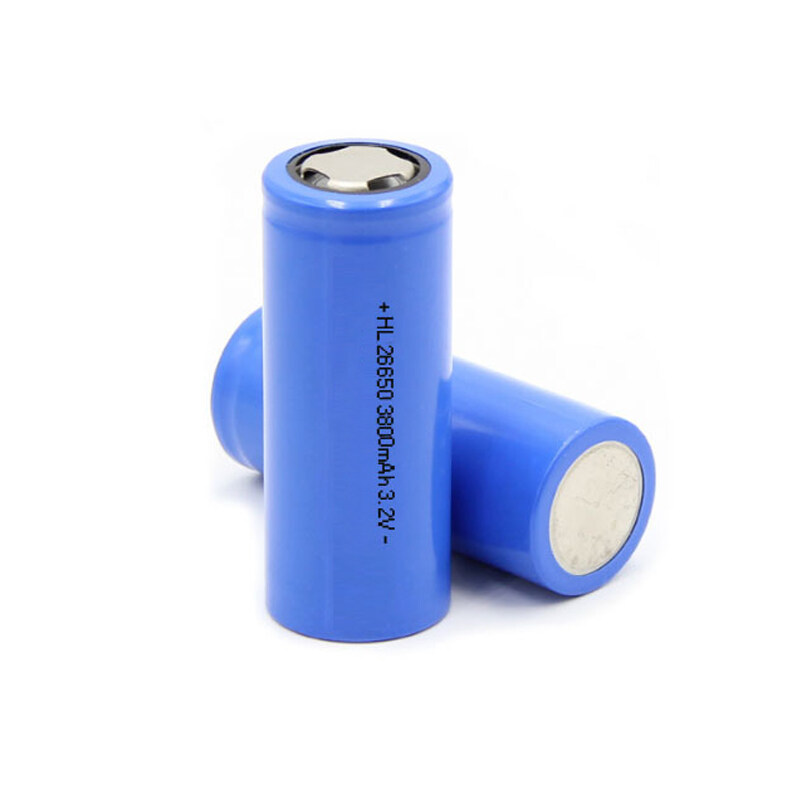Battery cells are the compact powerhouses that keep our modern world running, from smartphones and laptops to electric vehicles and renewable energy systems. While all batteries store and release electrical energy through electrochemical reactions, not all cells are created equal.
The four main types of rechargeable battery cells - Nickel-Metal Hydride (Ni-MH), Lithium Polymer (Li-PO), Lithium-ion (Li-ion), and Lithium Iron Phosphate (LiFePO4) - each offer distinct advantages and trade-offs in terms of energy density, safety, cost, and lifespan.
In this article, we'll dive deep into the real-world applications of Ni-MH, Li-PO, Li-ion, and LiFePO4 cells to help you make informed decisions when powering your devices and systems.
Here are some of the most common applications for each type of battery cell mentioned:
Ni-MH Battery Cell
● Portable electronics like digital cameras, toys, flashlights
● Power tools
● Electric toothbrushes and shavers
● Hybrid electric vehicles (older models)
● Solar outdoor lighting
Li-ion Battery Cell
● Smartphones, tablets, laptops and other portable electronics
● Electric vehicles and plug-in hybrids
● Cordless power tools
● E-bikes and scooters
● Grid energy storage systems
● Medical devices like pacemakers
LiFePO4 Battery Cell
● Electric vehicles, especially buses, forklifts, golf carts
● Solar energy storage systems
● UPS and backup power supplies
● RVs and marine applications
● Medical devices and equipment
Li-PO Battery Cell
● Drones and RC vehicles
● Portable electronics requiring thin form factors
● Wearable devices like smartwatches
● Medical devices and equipment
● Wireless headphones and earbuds
● Handheld power banks
In summary
The landscape of battery cell technology is constantly evolving, with Ni-MH, Li-PO, Li-ion, and LiFePO4 cells each carving out important niches based on their unique properties.
Ni-MH excels in high-drain applications but is being replaced by Li-ion in many areas
Li-ion is the most versatile and widely used in EVs and consumer electronics
LiFePO4 provides great safety and long cycle life for EVs and energy storage
Li-PO allows ultra-thin and flexible designs for wearables and compact devices
The optimal choice depends on the specific power, energy density, safety, cost, and form factor requirements of the application. Consulting with a battery expert is recommended to select the ideal cell type and design.



.jpg)

